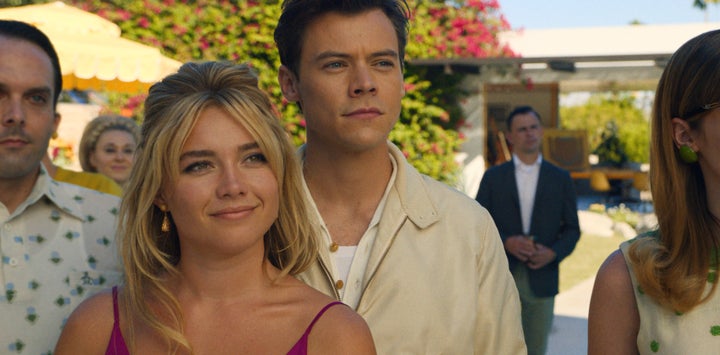
There are times when the conversation around a film prior to its release is so loud and ridiculous that it could drown out a far more interesting dialogue around an otherwise superb movie. Then there’s the case of the Olivia Wilde-directed “Don’t Worry Darling,” around which rumors of cast firings, an on-set romance, and on- and off-set tension have swirled for the past several weeks.
That chatter that had such a grip on social media users, though, will likely remain the most enthralling thing to come out of “Don’t Worry Darling.” The actual film is hollow and disappointing.
And that’s a shame, because on the surface it seems provocative and like something baked inside of a “Stepford Wives” Dutch oven. It’s a story about indoctrinated housewives in post-World War II suburbia. Like the 1975 chiller, there’s malevolence afoot beneath the cheery and glorious technicolor surface of “Don’t Worry Darling.”
But how that reveals itself falls flat, and the plot that comes before it — through a script penned by Katie Silberman, Carey Van Dyke and Shane Van Dyke — has mere glimmers of sharp writing. Mainly, though? It’s just undercooked.
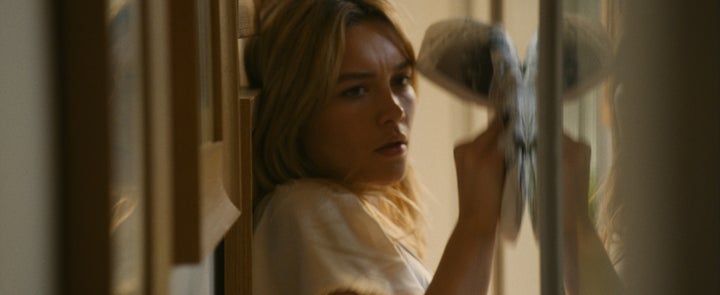
The premise and talent are certainly there (save for one performance that I’ll get to in a moment). Just like in 2019’s “Midsommar,” Florence Pugh is terrific at taking the audience’s hand and bringing us unwittingly inside what ends up being the pit of hell.
The actor anchors “Don’t Worry Darling” as Alice Chambers, adoring wife of Jack (Harry Styles), with whom she has settled into a beguiling community in 1950s California. When we meet them, they’re right in the middle of what we come to understand as a daily routine.
Jack is running off to his nondescript office job, referred to only as the “Victory Project,” in a suit and carrying a thin black briefcase. Alice practically skips to the car as he gets in, ready to hand him his coffee mug and plant a lipsticked kiss on his cheek.
Cut to the after-work scene when Alice has just finished preparing a juicy steak inside their pristine kitchen. She has a stiff drink ready for her husband as he walks in the door. But Jack barely takes a sip before he wraps Alice in his arms and makes passionate love to her — on the couch, up against the wall, or sometimes on the same table on which they eat.
And it usually entails him going down on her.
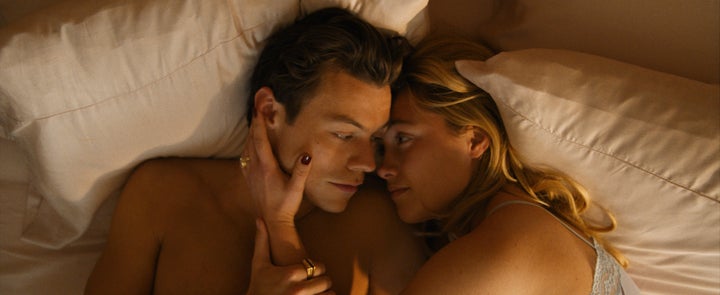
This repetitive image is an interesting, presumably intentional subversion of the typical one-dimensional, June Cleaver-esque concept of the asexualized and patriarchal housewife devoid of personality. “Don’t Worry Darling” doesn’t take Alice totally outside of the reality of white suburban housewives in the ’50s. But it does give her some much-needed pep.
And for a while, it looks like Wilde and the trio of screenwriters present a fascinating setup. Alice and Jack throw lively parties for the neighborhood. She smokes and drinks, and she and her man have sex like it’s their religion.
Sure, they get questions about when they’re going to have children (it’s the ’50s, after all). But they’re also the envy of all the other spirited housewives on their perfectly manicured block. Those include Alice’s martini-toting bestie Bunny (Wilde), the dignified Shelley (Gemma Chan), wide-eyed Peg (Kate Berlant) and new-in-town Violet (Sydney Chandler).
But like any immaculate image, when Alice starts looking a little too deeply at it, less savory things present themselves. Like, why is it that no one is allowed to step foot outside the neighborhood? What kind of work does Jack and literally every other man in this intensely gated community exactly do for the cultlike company run by the mysterious Frank (Chris Pine)?
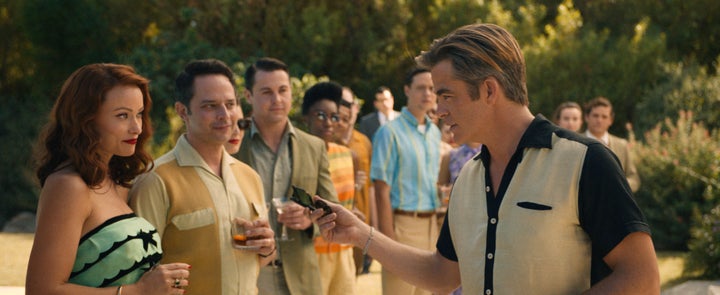
These are all important questions that “Don’t Worry Darling” only sort of answers by the time credits roll at the end. But there is one even more pressing question that arises and becomes a thorn in the movie’s side: What is up with Margaret (Kiki Layne), the rare Black wife in the neighborhood, who — legend has it — went off the deep end after stepping out of line once?
Right about here is where “Don’t Worry Darling” starts to plummet, and just when it’s at its most intriguing. That’s because it presents a character with a ton of potential to really subvert past iterations of this premise, and does very little with her.
Margaret has maybe a handful of lines in the whole movie, yet she is crucial to the story.
Her unexpected and visibly distraught appearance is what catalyzes Alice’s decision to rock the nefarious boat and find out what’s actually going on.
But because the movie establishes Alice as the protagonist, we instantly root for her — even though Margaret was shunned by her neighbors for doing the same thing.
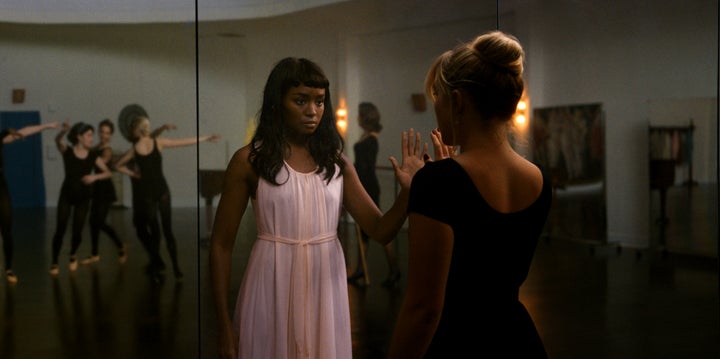
Unlike Alice, Margaret remains an underwritten character mostly seen in brief, enigmatic flashbacks that raise more questions, or through cracked doors as her husband (Ari’el Stachel) tries to calm her down (from what we’re to assume is one of her “episodes”). Or — and this underscores the movie’s unspoken message — in one of Alice’s unreliable visions.
Because it becomes abundantly clear that despite the film’s capacity to add nuance to the white-woman-in-plight narrative, Margaret is only here as a plot device. Just think about what could have been if both Alice and Margaret collaborated to flip this strange system in which they dwell.
Maybe the filmmakers were too preoccupied with trying to concoct the most inane twist in the third act to quibble over its heavily white feminist vibes. Part of the issue is that this curveball involves a lot of Jack, and Styles just isn’t up to that task.
It’s fine in the first two-thirds of the film when Jack is merely serviceable (save for one erratic “dance” scene). But when Styles has to help pivot the storyline, he is uncompelling and uninteresting. Everyone else in the movie seems to have to act extra hard in scenes with him. That includes the ones who are only phoning in their performances yet manage to still entertain.
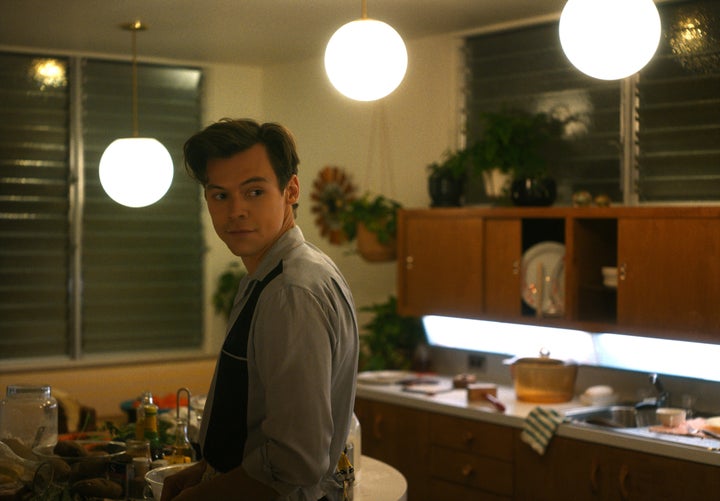
There’s a popular thought that when you have more than two screenwriters on a project, the final movie ends up looking like it has a bunch of split ends. That’s definitely true for “Don’t Worry Darling,” an alluring movie that ultimately fumbles the ball so hard that the missing comma in its title is actually more striking than much of what happens in it.
The filmmakers just don’t seem to know which direction to go and what they actually want to say with “Don’t Worry Darling.” When it subverts the ’50s patriarchal lens, it’s engaging and fun. But when it tries to actually contend with that, even adding a whole other storyline to boot, it skids off the rails. The story is needlessly overcomplicated.
And some of those aforementioned questions it poses? The audience will likely come away scratching their heads, still trying to figure it out — and not in a good, borderline pretentious way either. There’s a lot of running at the end of the movie, like it’s racing toward a major revelation. For a second, you eagerly anticipate that. But then, it just … concludes.
And that’s probably the biggest metaphor of the entire “Don’t Worry Darling” saga. For weeks, even months, before its release, there was such an intense buildup around it. But then the movie comes out, and it’s like, well, that happened. On to the next thing.
